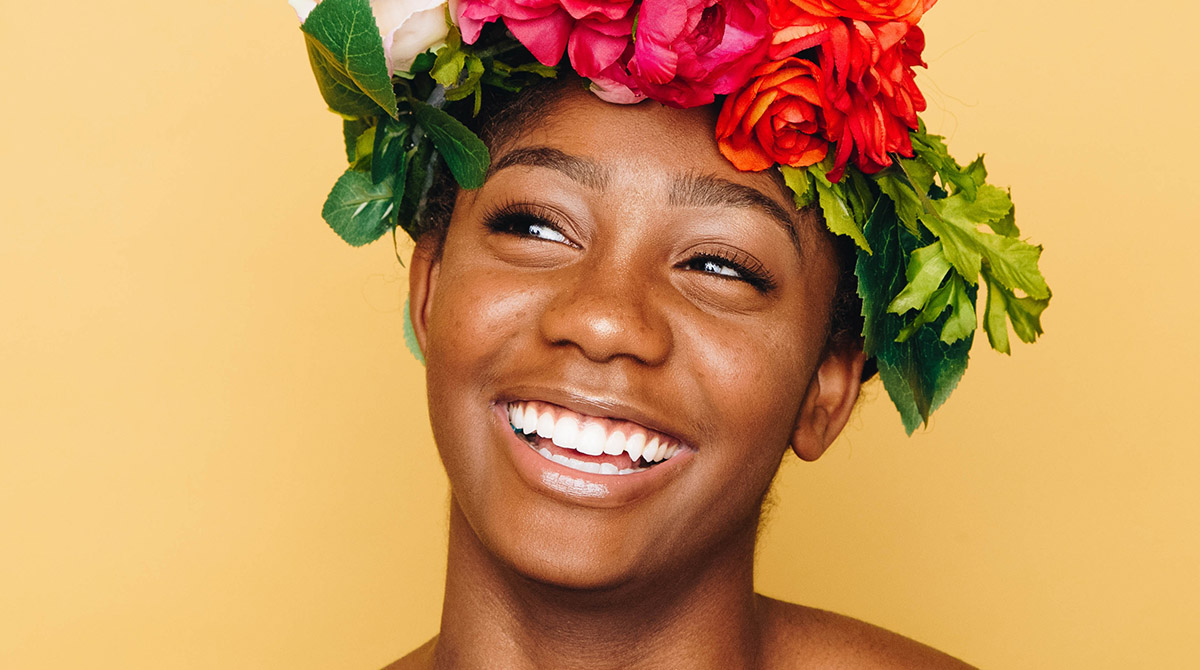Bydly Insights
Explore the latest news, trends, and insights across various topics.
Say Cheese! Secrets the Pros Don’t Want You to Know About Portrait Photography
Unlock the hidden secrets of portrait photography! Discover pro tips that'll elevate your skills and make your photos shine.
Mastering Lighting: The Key to Stunning Portraits
Mastering lighting is essential for creating stunning portraits that leave a lasting impression. Natural light can be your best friend, especially during the golden hour, which is the time shortly after sunrise or before sunset. The soft, diffused light during this time enhances skin tones and reduces harsh shadows, creating a warm and inviting atmosphere. Alternatively, using artificial lighting, like softboxes or ring lights, provides greater control over the atmosphere you want to create. Adjusting the light's intensity and direction can yield dramatic effects, allowing you to highlight your subject's features while maintaining a balanced composition.
Incorporating mastering lighting techniques also involves understanding the relationship between light and shadow. Explore different types of lighting setups, such as Rembrandt, butterfly, or split lighting, to see how each one dramatically changes the mood and feel of your portrait. Experimentation is key; don't be afraid to play with the distance and angle of your lights. As you practice, pay attention to how the light interacts with your subject, and refine your approach based on the results. Ultimately, learning to master lighting will elevate your portrait photography and help you capture images that resonate with emotion and artistry.

Top 5 Posing Tips to Make Your Subjects Shine
Capturing stunning photographs is often about the perfect pose. Here are Top 5 Posing Tips to ensure your subjects shine in every shot. Firstly, it's crucial to communicate with your subject. A relaxed model will yield natural expressions, so engaging them in light conversation can help ease any nerves. Secondly, pay attention to the hands; it’s important to avoid stiff, awkward poses. Encourage your subjects to interact with their surroundings, perhaps by gently placing a hand on their hip or letting their arms hang naturally.
Next, consider the angle from which you shoot. Taking photos at eye level typically creates the most flattering perspective, but don’t be afraid to experiment with higher or lower angles for variety. Fourth on our list is the importance of body positioning. Encourage directional poses, where subjects angle their bodies away from the camera slightly, which often creates more dynamic and flattering compositions. Finally, always remember to give feedback during the shoot; a quick adjustment and a positive word can make all the difference in achieving that shining look!
The Essential Gear Every Portrait Photographer Should Own
Every portrait photographer knows that having the right gear can make or break a photo session. The most essential piece of equipment is, of course, the camera itself. A high-quality DSLR or mirrorless camera is foundational, as it allows for greater control over settings and superior image quality. Additionally, investing in a versatile lens, such as a 50mm or an 85mm prime lens, can enhance your ability to capture stunning portraits characterized by beautiful bokeh and sharp subject focus.
Moreover, lighting equipment plays a crucial role in achieving professional results. Whether you choose to work with natural light or artificial lighting, having a reliable flash or continuous light source is essential. Softboxes and reflectors can help create soft, flattering light, while backdrops can add an extra dimension to your portraits. Staying equipped with these tools will not only elevate your photography but also ensure you are prepared for any shooting environment.